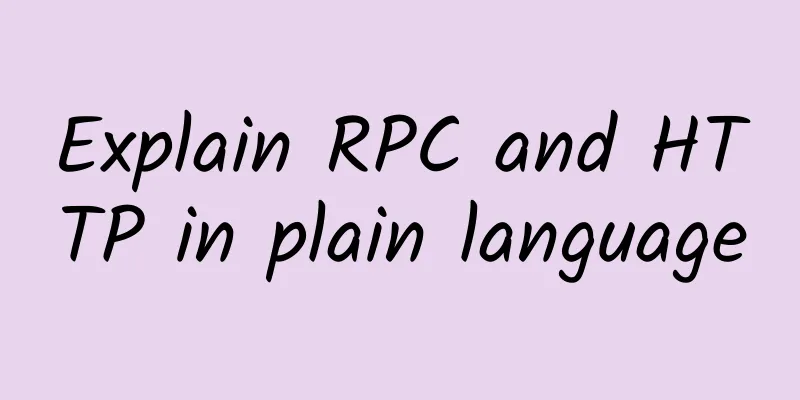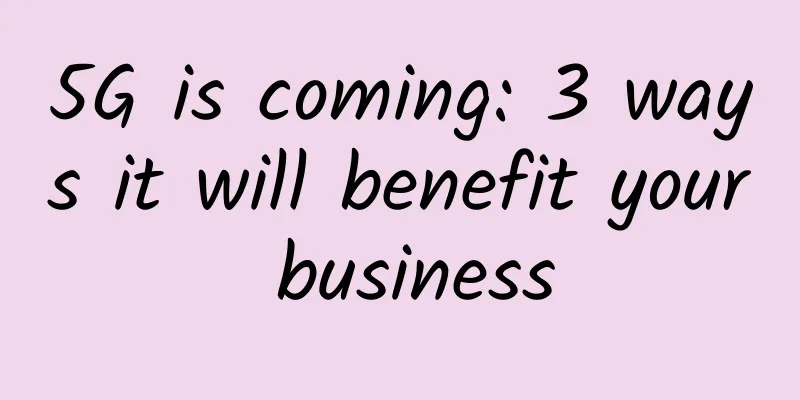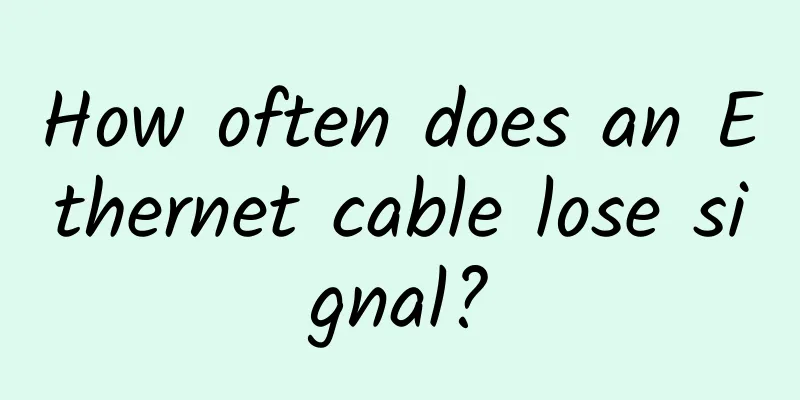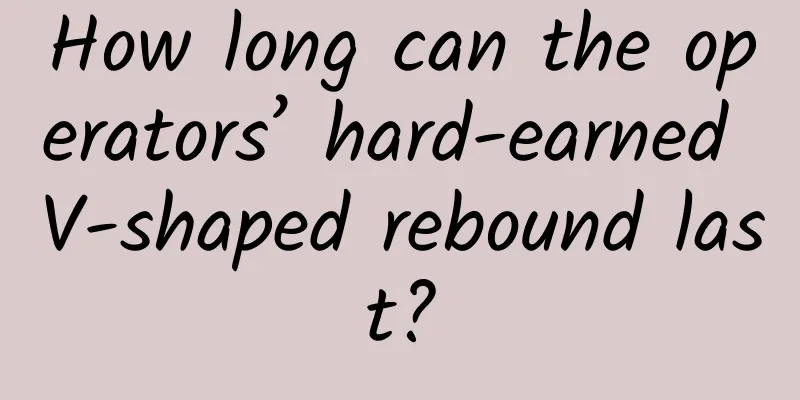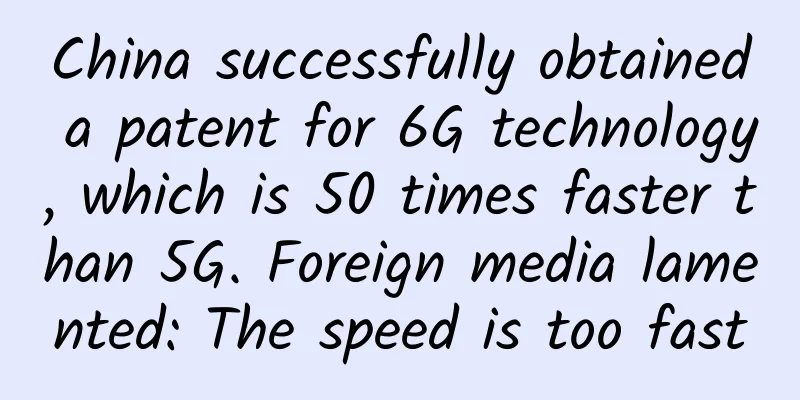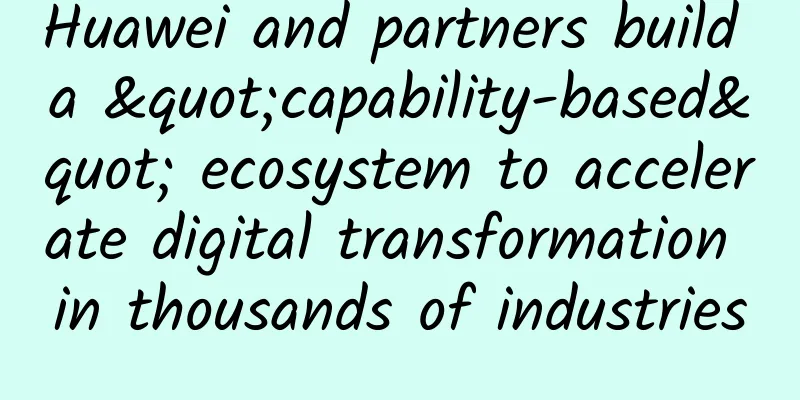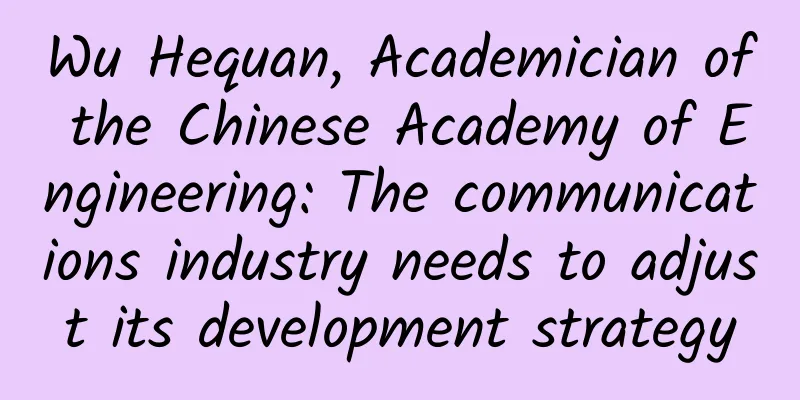After talking about the three-way handshake and the four-way wave, I was asked to write the HTTP protocol code manually.
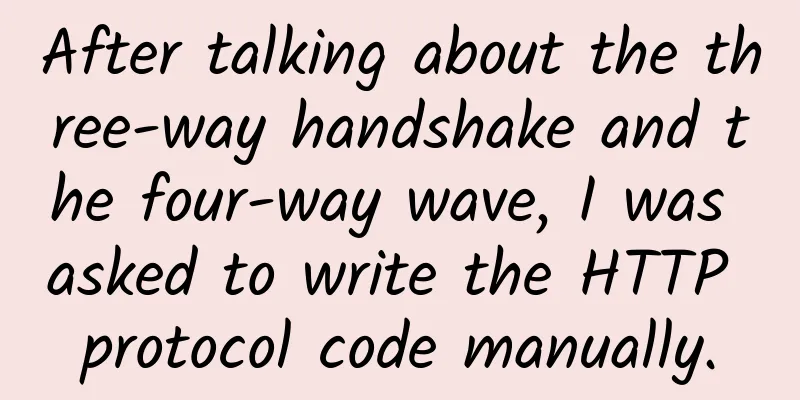
|
Recently, Afen’s colleagues have been preparing for interviews, and some good ones have received offers. After all, the epidemic has stabilized. However, when Afen was asked about the HTTP protocol during the telephone interview, she seemed a little numb. Why? Because the routine was too complicated, which caught Afen off guard.
Interviewer: Do you understand TCP/IP protocol? To be honest, when Ah Fen heard this question, her first thought was, if I answer this question, there will definitely be a three-way handshake and four-way wave waiting for me, but I still have to answer it, so Ah Fen started to answer. Ah Fan began to answer: Although TCP/IP protocols are mentioned together, they are actually two different protocols.
Interviewer: Then tell me what is a three-way handshake and what is a four-way wave. 1. Three-way handshake Look at this picture. It comes from Baidu search, and there are all kinds of pictures on Baidu. When you see the picture at first, you will definitely not understand it, that is, you can only analyze it through the "line" of the symbol in the painting. In fact, this is only one aspect. Then let's analyze what this picture means based on the picture. There are two serial numbers and three different flags in the picture, some of which are easily confused by uppercase and lowercase. Serial number:
So how do we tell the interviewer about this picture? (1) First handshake (SYN=1, seq=x): The client sends a packet with the TCP SYN flag set to 1, indicating the port of the server to which the client intends to connect, and the initial sequence number X, which is stored in the Sequence Number field of the packet header. After sending, the client enters the SYN_SEND state. (2) Second handshake (SYN=1, ACK=1, seq=y, ACKnum=x+1): The server sends back an ACK packet. That is, the SYN flag and the ACK flag are both 1. The server selects its own ISN sequence number and puts it in the Seq field. At the same time, the Acknowledgement Number is set to the client's ISN plus 1, that is, X+1. After sending, the server enters the SYN_RCVD state. (3) The third handshake (ACK=1, ACKnum=y+1) The client sends an ACK packet again, with the SYN flag set to 0 and the ACK flag set to 1. It also adds 1 to the sequence number field of the ACK sent by the server, puts it in the confirmation field and sends it to the other party, and writes ISN + 1 in the data segment. After sending, the client enters the ESTABLISHED state. When the server receives this packet, it also enters the ESTABLISHED state, and the TCP handshake ends. If you say this, the interviewer may ask, this is too official, can you explain your understanding, then you can use a practical example to explain it to him. Ah Fen: Ji Ding, hey, I'm Ah Fen, can you hear me? Ji Ding: What are you arguing about? I heard you. Who else could I know besides you? Ah Fan: You can hear me, but you didn't reply quickly. No wonder you don't have a girlfriend. Let's continue our conversation. The three-way handshake process is commonly known as the three-way handshake, during which three conversations are conducted to determine whether the data transmission channels in both directions are normal. 2. Wave four times So how do you answer the four waves? (1) First wave (FIN=1, seq=x) Assuming that the client wants to close the connection, the client sends a packet with the FIN flag set to 1, indicating that it has no data to send, but can still receive data. After sending, the client enters the FIN_WAIT_1 state. (2) Second wave (ACK=1, ACKnum=x+1) The server confirms the client's FIN packet and sends a confirmation packet, indicating that it has received the client's request to close the connection, but is not yet ready to close the connection. After sending, the server enters the CLOSE_WAIT state. After receiving the confirmation packet, the client enters the FIN_WAIT_2 state and waits for the server to close the connection. (3) The third wave (FIN=1, seq=y) When the server is ready to close the connection, it sends a connection end request to the client with FIN set to 1. After sending, the server enters the LAST_ACK state and waits for the last ACK from the client. (4) The fourth wave (ACK=1, ACKnum=y+1) The client receives the close request from the server, sends a confirmation packet, and enters the TIME_WAIT state, waiting for a possible ACK packet requesting retransmission. After receiving this confirmation packet, the server closes the connection and enters the CLOSED state. After the client waits for a fixed period of time (two maximum segment lifecycles, 2MSL, 2 Maximum Segment Lifetime), it does not receive an ACK from the server, and thinks that the server has closed the connection normally, so it also closes the connection and enters the CLOSED state. After two retransmissions, it will retransmit until it times out. If there are too many, there will be a large number of half-connection blocking queues. So how do you explain this to the interviewer in a simple way? Ah Fen: Ji Ding, I have said everything I want to say, do you have anything else to say? Ji Ding: I understand what you said, but don’t stop. I still have something to tell you. Please find me a girlfriend. Ji Ding: xxxxx, I’m done. Ah Fan, that’s enough, stop talking. Remember, I’m hanging up. If the interviewer asks you this question and you answer it like this, with both the official explanation and your own understanding, then the question is almost answered. The interviewer will obviously not let you off like this, and will definitely give you another surprise: Why three handshakes instead of four waves? Why not three? This is because when the server is in the LISTEN state, after receiving the SYN message of the connection establishment request, it puts the ACK and SYN in one message and sends it to the client. When closing the connection, when receiving the other party's FIN message, it only means that the other party will no longer send data but can still receive data. Whether to close the data transmission channel now needs to be decided by the upper layer application. Therefore, the ACK and FIN of the server are generally sent separately. So at this time, the handshake is four times instead of three times. So how do we write an HTTP protocol by hand? Here is the code:
This is a simple implementation, just an implementation idea, not a real request processing. You should also pay attention to setting the Content-Type type, otherwise it is easy to go wrong, after all, the length is limited. |
>>: Learn crawling skills in Yiwen
Recommend
LOCVPS brings you cool autumn, 60% off on monthly VPS in Singapore
LOCVPS offers special events for different packag...
Forecast of 5G development trends in 2021
When searching for hot words in 2020, it can be s...
Geek Host: 20% off for all VPS monthly payment, 35% off for annual payment, top up 300 and get 50
Geek Host is a Chinese hosting company founded in...
In the cloud-native era, F5 distributed cloud services help SoftBank build a modern application architecture
Today, applications are in a stage of explosive g...
5G private network, analyzing the strategic layout of the three major operators
On July 24, 2021, at the 2021 China 5G Network In...
GSA identifies 4G/5G private network deployments in 40 countries
London, UK, May 17, 2021 - The Global Mobile Supp...
9 correct views on the cancellation of data roaming charges
On July 1, data roaming charges were officially c...
Case sharing | Application and construction of Ruishu dynamic security hyper-convergence platform in the financial industry
The process of financial digitalization is accele...
Why does the cluster need an Overlay network?
Engineers who have a little knowledge of computer...
KVMLA Japan/Singapore dedicated server monthly payment 30% off, 595 yuan/month E3-1230v3, 16G memory, 480G SSD, 20M bandwidth
KVMLA has launched a special promotion for dedica...
Gartner: China's IT spending is expected to exceed US$550 million in 2022
According to Gartner's latest forecast, globa...
City managers can now predict the future using 5G and digital twins
Digital twins, or DTs, are data-enabled city mode...
[Black Friday] HostingViet: 50% off Vietnam VPS/email services starting from 160 yuan/month, buy 1 year and get 2 months free
HostingViet has launched a Black Friday promotion...
VMISS 30% off for all items, Los Angeles CN2 GIA/AS9929/Hong Kong CN2/Korea CN2/Japan VPS monthly payment starts from 3.5 Canadian dollars
VMISS is offering 30% off on all VPS hosts this m...
Juniper Networks' SD-WAN as a Service Reshapes Enterprise Branch Networks
On April 9, 2019, Juniper Networks, a provider of...
